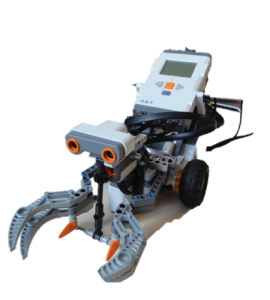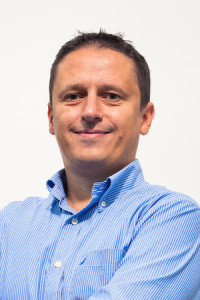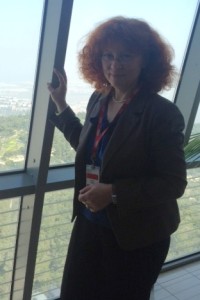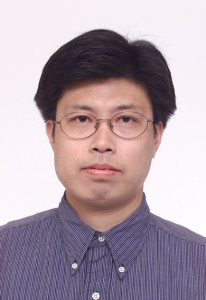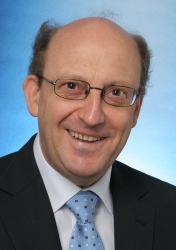Open Days am Institut für Informatikdidaktik an der Alpen-Adria-Universität Klagenfurt
8. – 31. Juli 2014, Montag bis Donnerstag,9:00 bis 15:00 Uhr
Schnupper-Workshops und Werkstatt zum Mitmachen für Kinder und Jugendliche
Ideenfabrik für Innovativen und kreativen Unterricht für Lehrende
Thema: „Informatik – Ein Kinderspiel“
Das Institut für Informatikdidaktik und das Regionale Fachdidaktikzentrum Informatik Kärnten laden Technik-Interessierte jeden Alters, insbesondere aber Kinder und LehrerInnen aller Fächer ein,
- stunden- oder tageweise in die Welt der Informatik einzutauchen,
- Informatikkonzepte im alltäglichen Leben zu entdecken,
- in der Informatikwerkstatt mitzuarbeiten (z.B. Computer zerlegen und zusammenbauen),
- eigene Ideen einzubringen und umzusetzen.
- Schnupper-Workshops zu verschiedenen Informatikthemen (siehe Rückseite) für
- Kinder ab 4 Jahren
- SchülerInnen aller Schulstufen und -typen
- LehrerInnen, v.a. VolksschullehrerInnen und LehramtskandidatInnen aller Fächer
- Werkstatt zum Mitmachen
- Wir bauen
- einen begehbaren Riesen-Computer,
- ein Datenlabyrinth.
- Lego-Roboter etc.
- Wir entwickeln
- Spiele, Rätsel und Puzzles,
- Lernvideos und Podcasts,
- Webseiten und Apps etc.
- und vieles mehr
- Wir bauen
- Ideenfabrik für innovativen und kreativen Unterricht
- Entwickeln von Unterrichtseinheiten und -materialien für Informatik bzw.
- fächerübergreifenden Unterricht (Informatikkonzepte für alle Fächer)
- computerunterstützten Unterricht (E-Learning, Mobile Learning, Tools und Software zum Lernen und Lehren)
Die besten Unterrichtsmaterialien, Ideen und selbstgemachten Spiele werden prämiert!
Nähere Infos und Anmeldung am Institut für Informatikdidaktik bei:
Barbara Sabitzer (barbara@isys.uni-klu.ac.at) Tel.: 0463/2700-3517 bzw. 0660 4848651 oder
Stefan Pasterk (s2paster@edu.aau.at) Tel.: 0463/2700-3517 oder
Annette Lippitsch (annette@isys.uni-klu.ac.at) Tel.: 0463/2700-3504
Die Werkstatt bietet keine Ganztagesbetreuung; Kinder müssen von Erwachsenen begleitet werden.
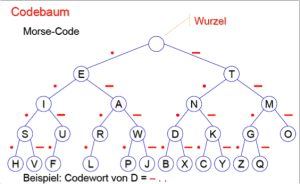 Schnupper-Workshops Informatik
Schnupper-Workshops Informatik
- 1 + 1 = 10
Binärzahlen & Co - Bilder lernen laufen
Pixel, Farben & Daumenkino - Top Secret
Verschlüsselung und Codierung - Wie sag’ ich’s dem Computer?
Wege beschreiben und Algorithmen - Gut geplant ist halb gewonnen
Modellierung, Diagramme - Programmieren zum Begreifen
z.B. Lego-Roboter - Computer zum Begreifen
Hardware & Co - Alles logisch?!
logische Verknüpfungen, Boolesche Algebra - Wer suchet der findet!
Suchen und Sortieren - So ein Zustand
Automaten und Zustandsdiagramme - Fleißige Bienen
Bee bots und andere Roboter - Stille Post
Nachrichtenübertragung & Netzwerke
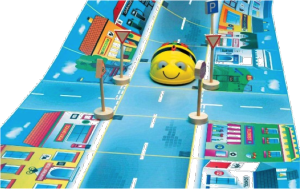 Ideenwerkstatt für LehrerInnen
Ideenwerkstatt für LehrerInnen
- Entwickeln von innovativen und kreativen Unterrichtseinheiten und –material für Informatik
- Informatikkonzepte für fächerübergreifenden Unterricht, insbesondere Fremdsprachen und Deutsch
- Informatikkonzepte in der Volksschule (z.B. Geheimsprache, Ordnen und Sortieren, Weg beschreiben, Wirklichkeit modellhaft darstellen, Handlungsabläufe darstellen und vieles mehr)

